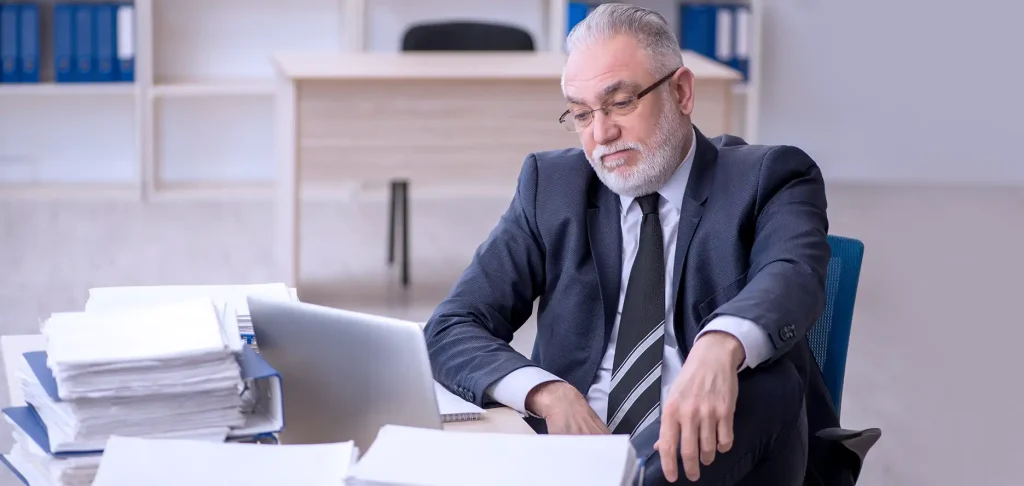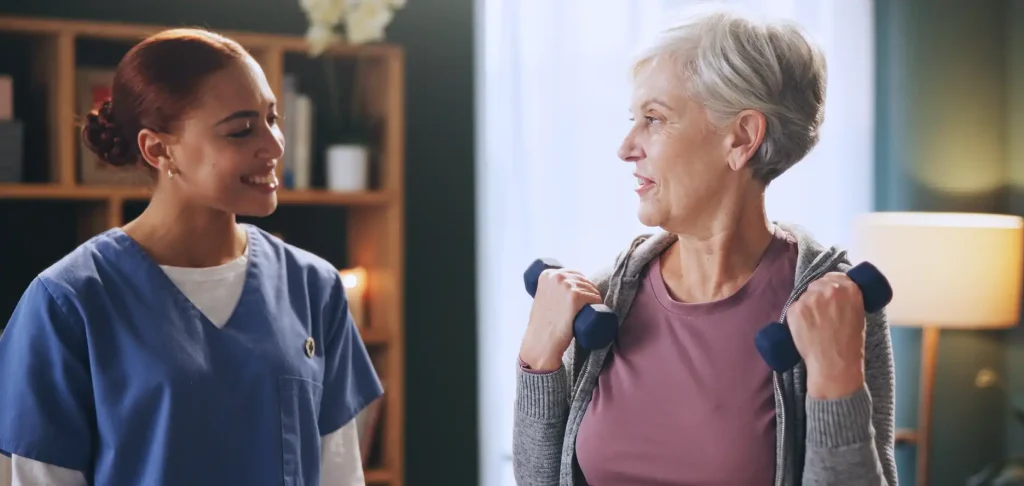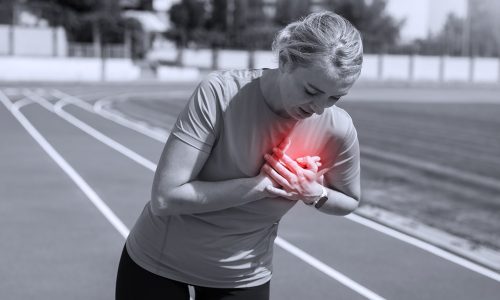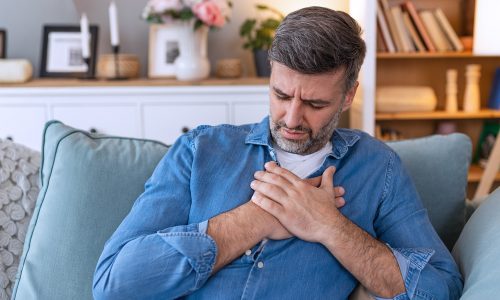Summary: A new study shows that sitting too much after a heart attack or stroke raises the risk of another event. Here’s the finding which shows that the patients can lower risk with small daily movements.
Recovering from a heart attack or another major heart problem doesn’t end when you leave the hospital. A new study has uncovered one habit that can quietly increase your risk: sitting too much.
Patients who spent long hours in a chair or on the couch after their first heart problem were more likely to experience another. That’s a sobering fact, considering how many of us spend most of the day sitting.
What the Study Revealed
Researchers followed people who had recently been through a cardiac event, like a heart attack or bypass surgery. They found a clear pattern: those who sat for more than 10 hours a day had a higher chance of a repeat event compared to those who stayed more active.
The most eye-opening part? Even people who took their medications, ate healthier, and followed doctor’s orders still faced higher risks if they sat for too long. In other words, inactivity is dangerous all on its own.
Why Sitting Too Much Hurts the Heart

Think of your body like a river system. Blood doesn’t circulate as well, your sugar levels rise, and your blood pressure can creep up. Over time that extra stress adds up, and for someone who already had a heart scare, it could lead to another.
According to the American Heart Association, physical inactivity is one of the top contributors to premature death worldwide. That’s not to say you need to run marathons. Even light movement throughout the day can protect your heart. The Best heart specialists Buckeye often remind patients that “every step counts”.
Why Fear Keeps People Still
It’s common for patients to feel nervous about moving too much after a heart attack. Many fear they’ll push their heart too hard. But in reality, sitting still is usually more harmful.
Cardiac rehab programs are designed to help with this. Under supervision, patients start small — maybe a slow walk on a treadmill or light stretching. Over time, they build confidence and strength. Rehab programs, offered at places like a heart care center Buckeye, show patients that safe movement is not only possible but essential to recovery.
Small Changes That Make a Big Difference

Not everyone can (or wants to) spend hours in a gym, and that’s fine. Here are everyday ways to sit less:
- Stand up during TV commercials or between chapters of a book.
- Walk around the kitchen while you’re on the phone.
- Take a short stroll after meals to help digestion and circulation.
- Do light chores like folding laundry or watering plants.
- Use a standing desk for part of your workday.
These may seem minor, but they keep the blood moving and reduce the time your body spends in “idle mode.”
Knowing When to Get Help
Of course, moving more doesn’t mean ignoring symptoms. If you feel chest pressure, shortness of breath, or unusual fatigue, stop and call your doctor. Sudden swelling, pain in one leg, or dizziness are red flags.
If chest pain develops, don’t wait. Facilities like a chest pain center in arizona are equipped to quickly figure out what’s going on. Fast action can make the difference between a small setback and a serious emergency.
A Real-World Example

Take Lisa, a 66-year-old who had a heart attack last year. At first, she spent her days sitting, worried that exercise might be dangerous. But when her cardiologist encouraged her to join a rehab program at a heart care center Buckeye, she reluctantly agreed.
She began with 10 minutes of walking. Gradually, she added light weights and stretches. Today, Lisa takes daily 30-minute walks. Hence, she hasn’t had another event. Her story shows how even small steps can change the course of recovery.
Final Thought
Sitting too much may seem harmless, but for people recovering from a heart attack or stroke, it can raise the risk of another one. The message from researchers is simple: move more, sit less.
With the support of the Best heart specialists Buckeye, the care available at a trusted heart care center Buckeye, and fast access to a chest pain center in arizona, patients can lower their risks and take control of recovery. It doesn’t take drastic workouts — just a commitment to get up, take breaks, and keep the body moving.



